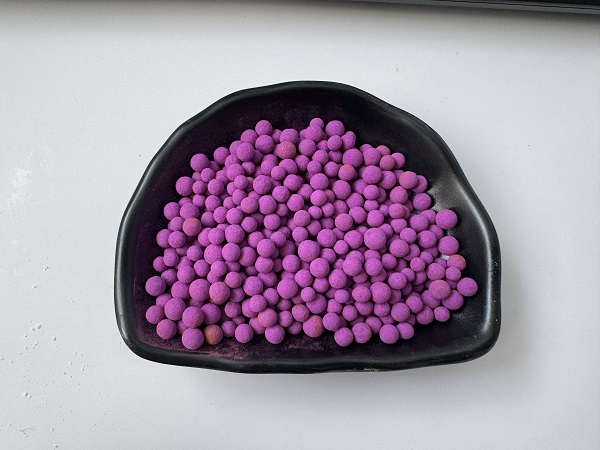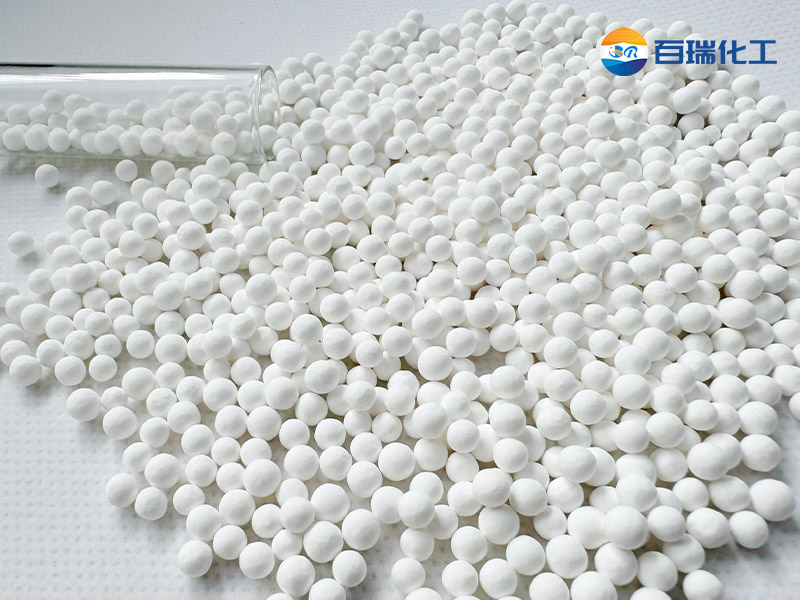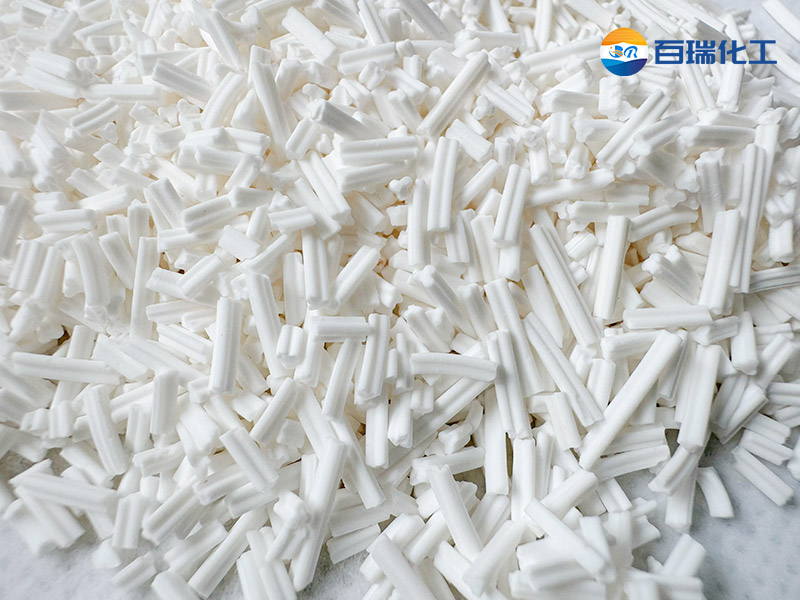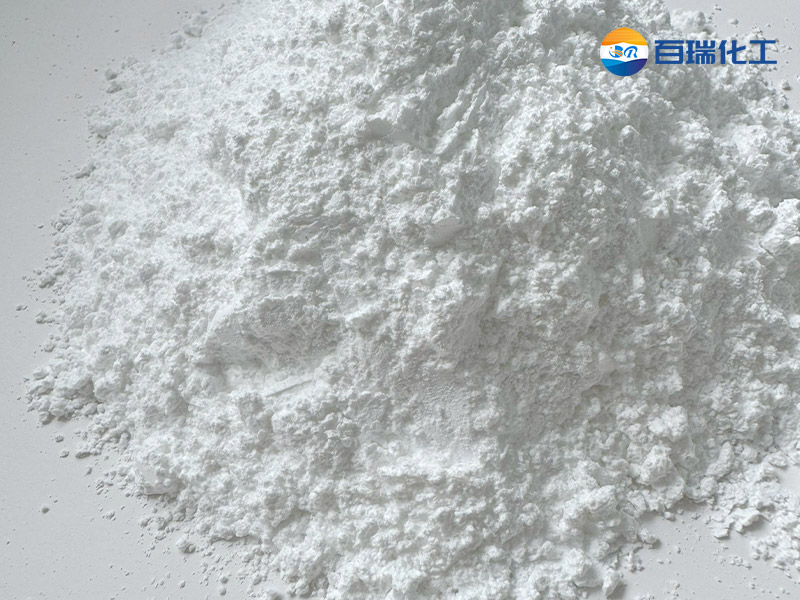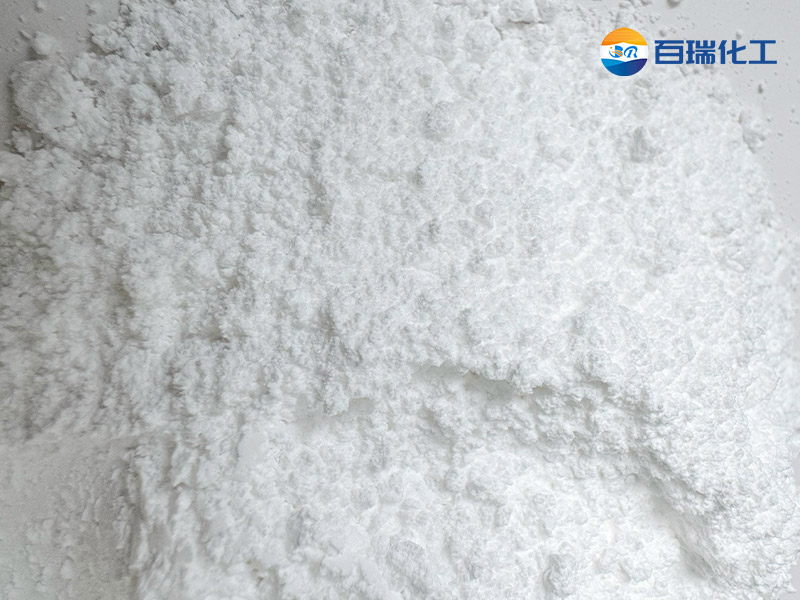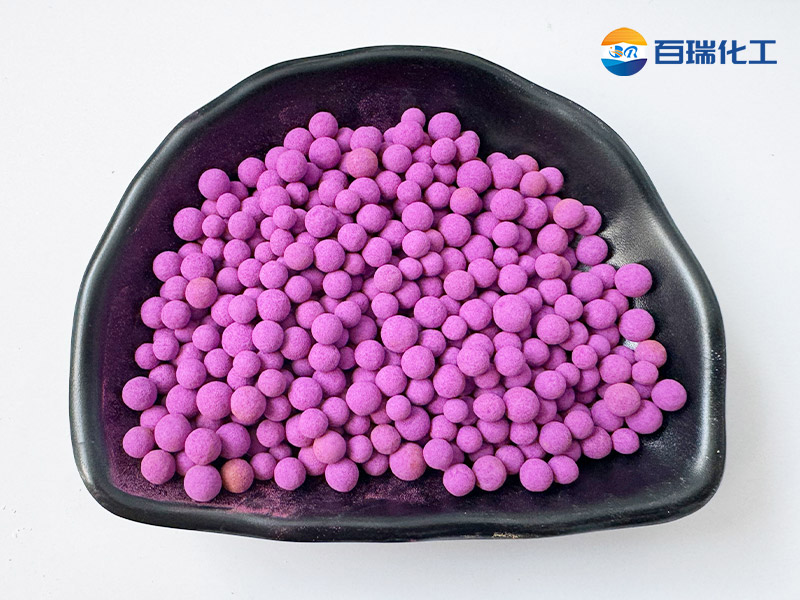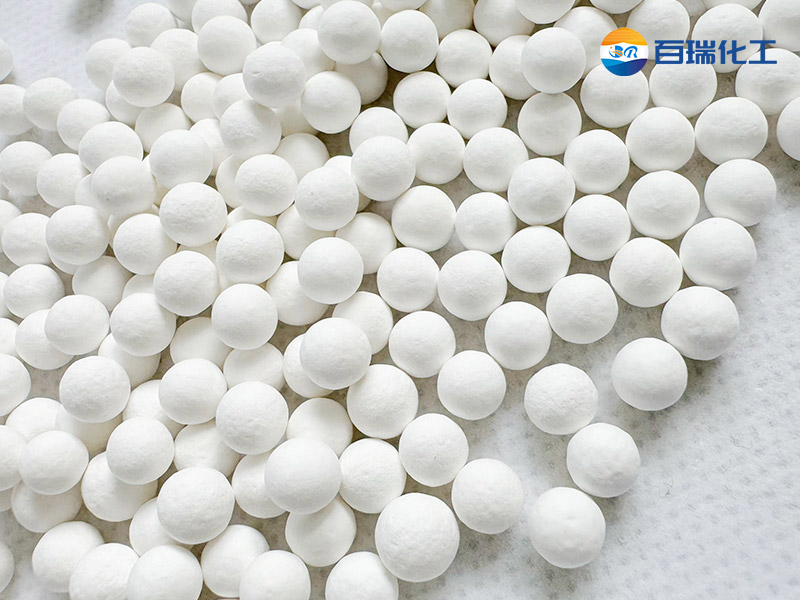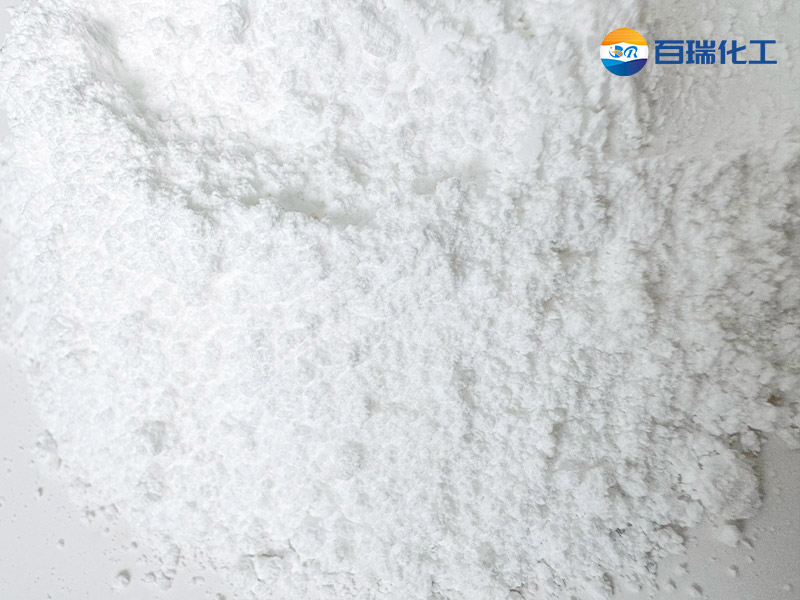Potassium permanganate alumina, by combining the strong oxidizing property of potassium permanganate with the adsorption catalytic properties of alumina, demonstrates excellent comprehensive performance in the fields of environmental pollution control, industrial production optimization, and public health safety, providing innovative solutions for sustainable development.
Environmental governance:
In air and water pollution control, potassium permanganate alumina has become an efficient purification medium due to its unique oxidation-adsorption synergy. In the field of industrial waste gas treatment, it can simultaneously catalyze the degradation of volatile organic compounds (VOCs) and adsorb sulfur oxides, significantly reducing emission pollution. For heavy metals and organic pollutants in water bodies, this material can not only decompose difficult-to-degrade substances through oxidation, but also capture harmful components through the pore structure of alumina, achieving "double-effect purification".
The rapid response ability of potassium permanganate alumina is particularly outstanding. Its strong oxidizing property can quickly neutralize toxic chemicals, while the alumina carrier ensures that the reaction process is stable and controllable, providing reliable technical support for environmental emergency treatment.
Industrial production:
In the chemical and energy fields, potassium permanganate alumina as a catalyst or auxiliary agent significantly improves reaction efficiency and product purity. In the oil refining process, it helps reduce sulfur content and produce cleaner fuels; in fine chemicals, its selective oxidation characteristics optimize the synthesis path of intermediates and reduce the generation of by-products.
In addition, the material performs well in the pretreatment of industrial wastewater, can efficiently degrade high-concentration organic wastewater, reduce the subsequent treatment load, and provide key technical support for enterprises to achieve a circular economy model.
Public health and safety:
In the field of drinking water treatment, potassium permanganate-alumina composite materials are used to remove trace organic matter and odor to ensure water quality safety. Its slow-release oxidation characteristics can avoid the risk of secondary contamination in traditional disinfection processes, while inhibiting the formation of biofilms in water pipe networks and extending the life of water supply systems.
Future Outlook:
By optimizing the pore size distribution of alumina and the loading process of potassium permanganate, the performance of the material will be further improved in the future, such as enhancing moisture resistance to expand outdoor application scenarios, or developing a renewable version to reduce the cost of use. In the context of the "dual carbon" goal, the synergistic effect of this material - reducing pollution and improving energy efficiency - makes it a key link in the green technology portfolio. From the laboratory to industrialization, potassium permanganate alumina is using technological innovation to write new solutions for ecological protection and industrial upgrading.
